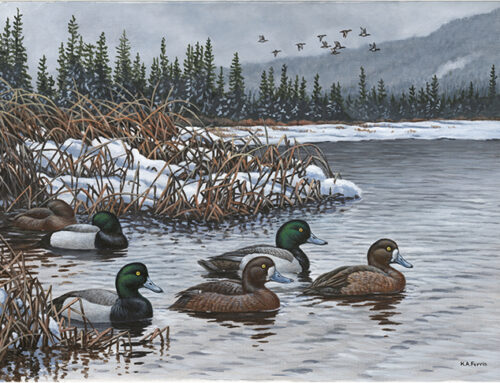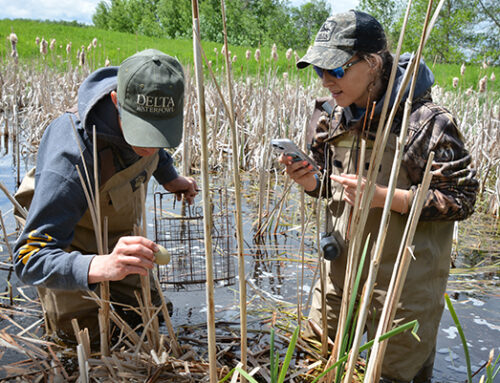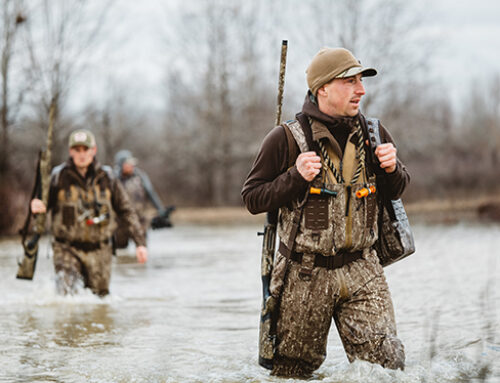Waterfowl Breeding Habitat Conditions
As of October 31, 2024

Waterfowl hunting seasons are in full swing across much of North America, but at The Duck Hunters Organization, our thoughts are never far from another season: spring, when we hope favorable conditions for breeding waterfowl combine with Delta’s Duck Production programs to give next year’s fall flight a giant boost.
Though it’ll be many months until nesting mallards and pintails return to the prairies, conditions in late fall and early winter can set the stage for spring production. Based on the most recently available data (as of Oct. 31), conditions across much of the PPR have declined since August. Though September data was unavailable due to a technical issue, the reductions in moisture owe primarily to the low amount of rainfall experienced across broad swaths of the prairie this fall.
On the Canadian side of the prairie pothole region, some of the most prevalent drying of wetland basins has occurred throughout much of Saskatchewan and Manitoba’s east-central and southern habitats. Even Ontario’s comparably deeper, less variable wetlands have dried measurably since late summer. On the plus side, parts of southwestern Saskatchewan and southeastern Alberta have decent water, and conditions improved slightly in portions of southern British Columbia.
In the United States, Alaska remains in great shape. However, conditions are considerably less favorable than our last report for essentially all major prairie states, plus California, the Great Lakes states, and solid chunks of the northeastern U.S.
The good news? It’s early. We have plenty of time between now and spring for rain, wintery precipitation, and ideally a thick winter snowpack to tee up a successful nesting effort for breeding ducks. —Mike Buxton






Leave A Comment